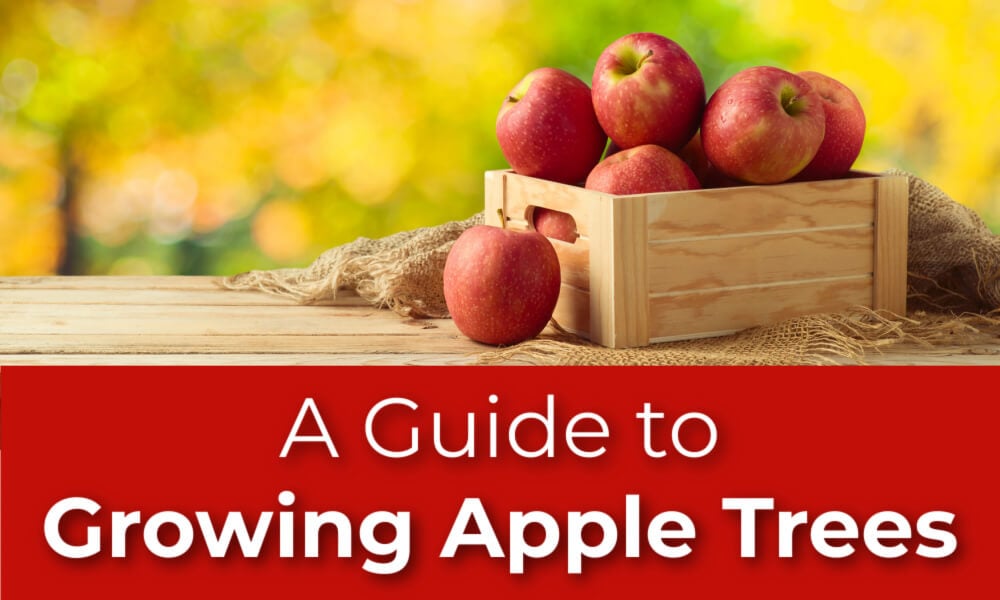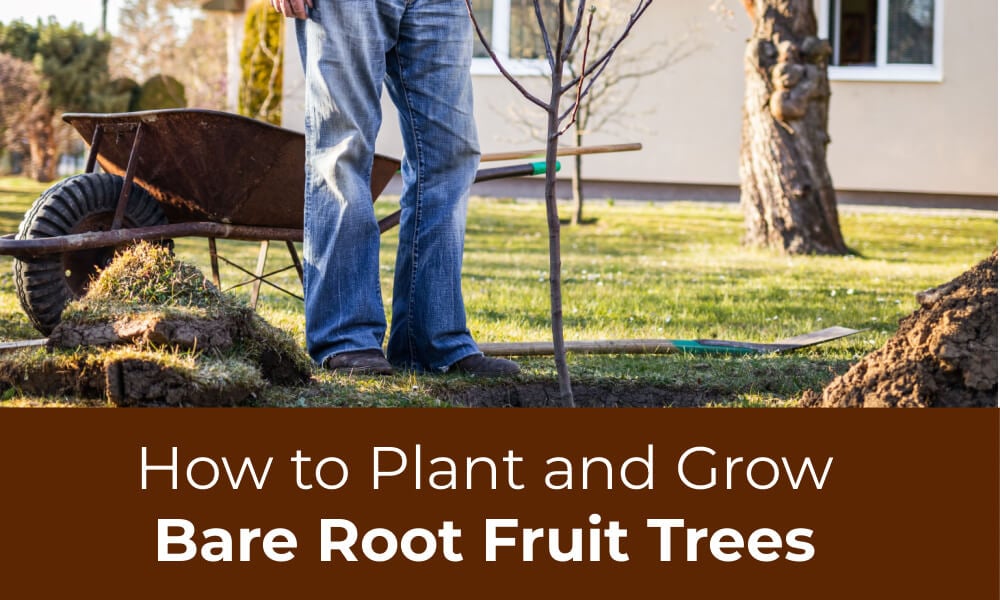A Guide to Growing Apple Trees and Apples:
A Brief History: With their humble origins in central Asia, apples quickly spread around the surrounding continents and have been cultivated, consumed, and enjoyed by mankind for thousands of years. According to areological finds, the process of apple tree domestication started between 4,000-10,000 years ago indicated by ancient apple seeds among digs across Eastern Europe and Western Asia. More evidence suggests that growing apple trees began just over two thousand years ago. It wasn't until the late 16th Century that apple seeds made their way over to the Americas where well over 2000 cultivars of apple trees are now grown.
While, like myself, you may be ready to munch on fresh apples and plant the seeds from the tastiest fruit with hopes to soon enjoy a delicious apple, there are a few reasons you may not want to do so. The seeds within an apple if grown to maturity will result in completely new apples that have never been tasted before! As exciting as this sounds, the odds of getting a delicious apple equal to or better than the parent is quite slim around 10%, and another 10% chance that the fruit will be inedible leaving the remaining 80% to a mix of mediocre fruit. The other caveat is that it can take upwards of 5 to 10 years for your seedling to mature enough to produce fruit.
Most home growers and commercial orchards get their apple trees from known sources, with varieties that they recognize and have been developed for characteristics such as flavor, disease resistance, and growth habits. The main way that apples are propagated currently is by grafting known varieties selected for flavor, texture, and quality onto rootstocks selected for disease resistance, tree size, and hardiness. This will produce a mature fruiting tree in as little as 3-5 years.
Variety selection: This plays a huge part in your success as an apple grower but with over 7,000 known cultivars, there are plenty to choose from. Like I mentioned earlier, people have been growing apple trees for millennia and in this time, growers around the globe have been adapted the fruit to their environments. The main thing we need to consider is the number of chill hours required by certain varieties. This is an internal clock of the variety that tells the tree that winter is over. Honeycrisp requires up to 800 chill hours for the tree to wake from dormancy which is great if you are in Washington but not if you are in Florida where the constant warm weather cant provide sufficient chill hours and may not set fruit. Anna Apple on the other hand only requires 200 chill hours would grow perfectly fine in Florida but may bloom too early in Washington. Now I hope you can see why doing a little bit of research on the desired varieties you would like to grow can have massive impacts on fruit yield. You can find out how many chill hours your space can provide through a variety of online tools or your local agricultural extension. Pollination requirements are another huge factor to take into consideration when selecting apple varieties as many will require a second variety nearby for bees to cross-pollinate with. There are many pollen compatibility charts on the internet showing the bloom time of compatible varieties.
Planting: Grow apple trees in a nice sunny location with nice well-draining soil and good airflow. Planting is simple, prepare your planting area with well-draining soil(this may include amending your clay or sandy soil by mounding above it with a heaping dose of compost and mulch), dig a hole the same depth as the container of your tree, or 2-3 times the size of the root mass of your bare-root apple tree, and plant so that the top of the root ball is flush with the native soil level. You can loosen the root ball slightly if it is root-bound but in general, keep disturbing the roots to a minimum. Bare root trees should have their roots soaked in water for 3-6 hours once you receive them and don't allow them to dry out. Backfill with a mix of amended soil and native soil to help the tree acclimate to its new environment. Once planted you can top dress with a healthy dose of compost and mulch, making sure to leave a 6"-12" space around the base of the tree to prevent crown rot. Now that your tree is in the ground, water deeply to make sure that there is sufficient moisture for your new tree.
Watering and Feeding: Regular watering while your apple tree is getting established as well as during the growing season for your more mature fruit trees is very important. Avoid watering directly onto the base of the tree and aim to water about as far as the branches reach out to promote root health and development. An annual feeding of composted manure and a thick layer of mulch in the spring is a great organic solution for your tree. Apples are also very susceptible to a variety of fungal diseases so dormant spraying is recommended to maintain a healthy tree but timing is key to prevent doing damage to pollinators in your space.
Pruning: Pruning is a huge part of your tree's health. Start by disinfecting your tools then remove dead, damaged, and diseased wood. Now that you have rid your tree of problematic wood, you can move on to structuring your tree to support fruit load. This can be done in lots of ways depending on your pruning preference. A modified central leader is a great form that starts branching out around knee to waist high has 3-4 main scaffold branches and a short leader to shade the open center of the tree. This is my preferred method as this keeps the tree low makes the fruit more accessible and allows for space to get into the tree when work needs to be done. This also allows for good airflow, even light distribution, and a nice-looking tree in general.
Fruit Care & Harvesting: Thinning is a common practice if you want larger fruit and should be done after your tree is done with its natural drop of fruitlets around 6 weeks after bloom. Each cluster should be reduced down to 1 fruitlet if your goal is large fruit buy reducing them down to 3 fruitlets will give you more medium-sized fruits that are just as tasty. Removing any fruitlets with pest or fungal damage should be removed to reduce pressure from these sources. The ideal time to harvest your apples will depend on variety, color, storages goals, and preference. You are looking for your apples to reach their mature color and the immature green color to have completely faded away. When an apple is ready to be picked, you can roll it up off the branch and give it a little twist. If your apple struggles to come off, it is likely unripe and needs more time. Apples can of course be eaten fresh, but they also keep very well if kept in a cool location and away from other veggies that off-gas ethylene like potatoes.
Apple tree suggestions from our collection: Gala(500hr), Golden Delicious(700hr), Fuji(500hr), Granny Smith(400hr), Pink Lady(300-400hr), Honey Crisp(800-1000hr)
Check out our Tips for Growing Apple Trees for more information.
Protect your fruit trees from the hot summer sun and winter cold with Plant Guard tree paint and foliar spray.




